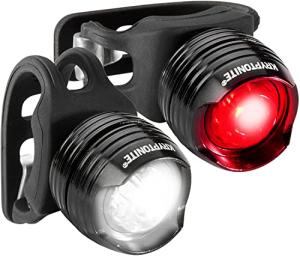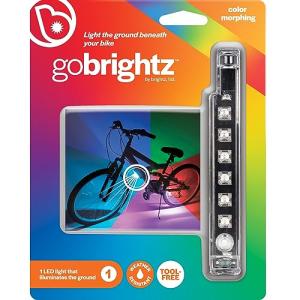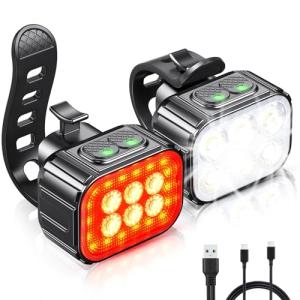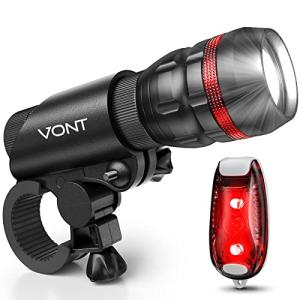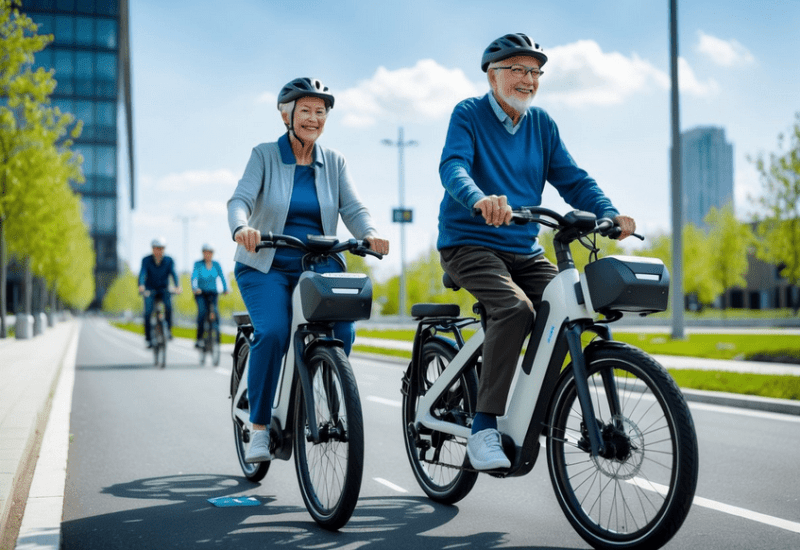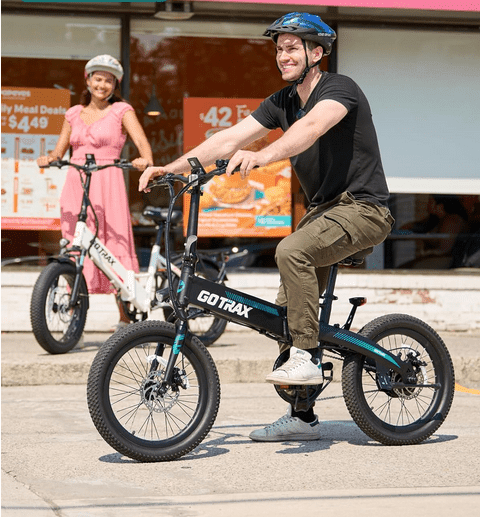Electric bikes have gained popularity for their ability to tackle various terrains, including steep hills. Many riders wonder if these bikes truly perform well on inclines. Electric bikes are indeed good on hills, offering motor assistance that makes climbing less strenuous and more enjoyable.

When climbing, riders benefit from features like pedal assist and throttle systems, which provide extra power. This added support means that cycling uphill can feel easier, allowing more people to enjoy biking in hilly areas without worrying about exhausting themselves. With different models designed specifically for challenging terrains, electric bikes can cater to a range of needs and preferences.
Understanding how electric bikes work on hills can help riders make informed choices. Factors such as motor power, battery capacity, and bike weight are important to consider for optimal performance. Equipped with the right knowledge, anyone can enjoy the thrill of biking uphill.
Key Takeaways
- Electric bikes provide motor assistance for easier climbing.
- Performance varies by model and rider needs.
- Important factors include battery, motor power, and bike weight.
Electric Bike Basics
Electric bikes, or e-bikes, combine traditional cycling with electric power. Understanding their features and benefits is essential for urban riding, especially for navigating hills.
Defining E-Bikes
E-bikes are bicycles equipped with an electric motor to assist with pedaling. This motor is powered by a rechargeable battery, allowing riders to travel longer distances and tackle challenging terrain.
There are two main types of motor systems:
- Pedal Assist: The motor activates when the rider pedals, providing extra power based on how much effort the rider puts in.
- Throttle Control: This allows the rider to engage the motor independently of pedaling.
Most e-bikes offer adjustable levels of assistance, catering to individual needs and preferences.
Advantages of Electric Bikes in Urban Riding
E-bikes are particularly beneficial for urban riding due to their efficiency and ease of use.
- Effortless Climbing: The electric motor helps riders ascend hills with less effort, making commuting less strenuous.
- Speed and Range: E-bikes can reach speeds of up to 28 mph, allowing for quicker trips. They also typically have a range of 20-50 miles on a single charge, depending on the model and battery capacity.
Riders benefit from reduced fatigue, making it easier to arrive at their destination refreshed. This convenience encourages more individuals to choose biking over driving, promoting healthier lifestyles and reducing traffic congestion.
E-Bike Performance on Hills

Electric bikes are designed with specific features that enhance their performance on hills. Understanding the mechanics of hill climbing, the significance of torque and power, and the advantages of a 750W motor can help riders choose the right e-bike for hilly terrains.
Hill Climbing Mechanics
Hill climbing on an electric bike involves several key components. Pedal-assist systems provide additional power when a rider pedals, similar to having a supportive friend push you. This feature helps maintain momentum while ascending steep inclines. Throttle systems also allow the rider to control power without pedaling, which can be helpful on challenging hills.
Hill sensors are another important aspect. They automatically adjust the motor's output based on the incline, ensuring optimal performance and efficiency. Together, these elements make climbing hills easier and more enjoyable for riders.
Importance of Torque and Power
Torque and power play critical roles in an e-bike's ability to climb hills. Torque refers to the twisting force that helps turn the wheels, making it essential for tackling steep gradients. A higher torque means better hill-climbing ability.
Power, often measured in watts, indicates how much energy the motor produces. More powerful motors offer greater support on inclines, resulting in improved speed and performance. E-bikes with a good balance of torque and power significantly enhance the rider's experience while navigating hilly areas.
Role of a 750W Motor
A 750W motor is commonly found in many electric bikes and is valued for its powerful performance. This size of the motor provides ample torque, making it easier to climb steep hills.
With 80 Newton meters (Nm) of torque, many 750W motors enable e-bikes to maintain speeds up to 20 mph on inclines. This power allows riders to tackle challenging terrain with confidence.
Riders looking for an electric bike suitable for hilly conditions should consider models equipped with a 750W motor for optimal performance. This combination of power and torque can significantly enhance the hill-climbing experience.
Evaluating Terrain and E-Bike Capabilities

Electric bikes can handle various types of terrain, particularly hilly areas. Understanding how e-bikes perform on steep inclines and the influence of bike weight can help riders make informed decisions.
Tackling Hilly Terrain
E-bikes are designed to tackle hilly terrain effectively. They come equipped with powerful motors that provide the necessary assistance during climbs. Most e-bikes used for hills feature a mid-drive or rear-hub motor.
Key Benefits:
- Motor Power: A higher wattage, such as 750W, can provide strong torque, making it easier to climb.
- Pedal Assistance: Different levels of pedal assistance allow riders to adjust power as needed.
- Torque Rating: Torque ratings, measured in Newton meters (Nm), indicate the bike’s climbing ability.
Choosing the right e-bike can make steep climbs manageable, enhancing the riding experience.
Effectiveness on Steep Inclines
Climbing steep inclines requires specific features in electric bikes. A bike should have a strong motor and effective gearing to handle challenging gradients.
Important Features:
- Hill Sensors: These detect the incline and adjust motor power accordingly.
- Gear System: A bike with multiple gears allows for smoother climbs, enabling riders to select the best gear for the slope.
- Battery Capacity: A larger battery helps maintain power over longer distances, especially on challenging routes.
This combination allows riders to conquer steep hills with less effort than on a regular bike.
Impact of Bike Weight
The weight of an e-bike significantly affects its climbing ability. Heavier bikes can be more challenging to maneuver on steep terrain.
Considerations:
- Total Weight: The weight of the bike plus the rider influences performance. A lighter bike often climbs more easily.
- Weight Distribution: Proper weight distribution can enhance balance and control.
- Material: E-bikes made from lightweight materials, such as aluminum, can help improve overall performance.
Enhancing E-Bike Hill Performance

To maximize performance on hilly terrain, it is crucial to focus on battery power and tire selection. These factors can significantly impact an e-bike's ability to climb steep slopes effectively.
Optimizing Battery Power
The battery plays a vital role in an e-bike’s performance, especially when facing hills. A 672Wh battery offers ample capacity for sustained energy output. This ensures that riders have enough power to tackle challenging inclines without depleting their battery too quickly.
To enhance hill performance, riders should monitor their battery’s health and charge it regularly. A fully charged battery can provide full assistance when needed most. Additionally, using a pedal assist system (PAS) effectively can increase efficiency, allowing the rider to conserve battery life while still having the power to climb.
Choosing the Right Tires
Tire selection is critical for navigating hilly terrain. Puncture-resistant tires are essential to avoid flat tires on rough trails. They provide durability and allow riders to focus on climbing rather than worrying about mechanical issues.
Using fat tires can also enhance grip and stability. These tires offer a larger contact area with the ground, which improves traction on steep slopes. Adequate tire pressure is also important; under-inflated tires can lead to increased rolling resistance, making climbs more difficult. Properly maintained tires can significantly contribute to a smoother ride on hills.
Frequently Asked Questions
Many new riders wonder about electric bikes and their performance on hills. This section answers common questions about climbing steep inclines, key features, and effective gearing.
What are the best electric bikes for climbing steep hills?
Electric bikes with strong motors and high battery capacity are best suited for steep climbs. Models that include features like pedal assist are particularly effective. Brands often noted for hill performance include those with engines rated at 500 watts or higher.
How steep of an incline can an electric bike effectively climb?
Most electric bikes can handle inclines between 10% to 20% with the right motor and gearing. Some high-powered e-bikes can tackle even steeper hills, but performance varies.
What features should you look for in an e-bike for hill assistance?
When choosing an e-bike for hills, key features include a powerful motor, large battery, and lightweight frame. Pedal-assist levels should also be adjustable. This allows riders to customize support based on the hill’s steepness.
How do electric bikes facilitate riding up hills?
Electric bikes use a motor to provide assistance while pedaling. When riders push harder on the pedals, the motor kicks in to help. This makes climbing much easier compared to traditional bikes.
Can electric utility bikes handle hilly terrains?
Electric utility bikes can manage hilly terrains, especially those designed with robust motors and batteries. They may also offer features like comfortable seating and stable handling. These aspects support riders in tackling various types of inclines effectively.
What should be considered when riding an ebike uphill in terms of gear usage?
Using the correct gear is crucial when riding uphill on an electric bike. Lower gears make pedaling easier and help maintain cadence. Riders should shift gears early to avoid straining the motor.
DISCLAIMER
This document is provided for general information purposes only and should not be relied upon as providing legal advice, technical, or specific operational guidance to the reader, whether as to the practices described in the document or the applicable legal requirements and regulations. justelectricbikes.com expressly disclaims any responsibility for liability arising from or related to the use or misuse of any information in this document.

